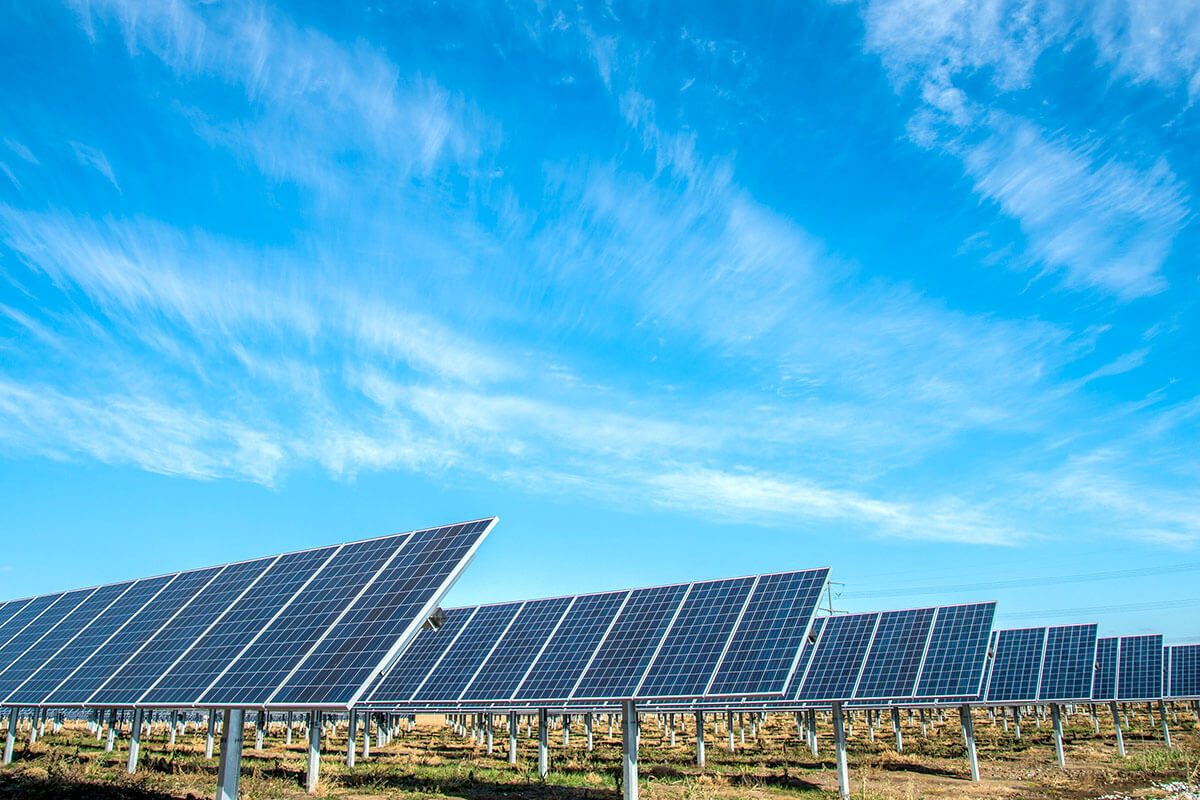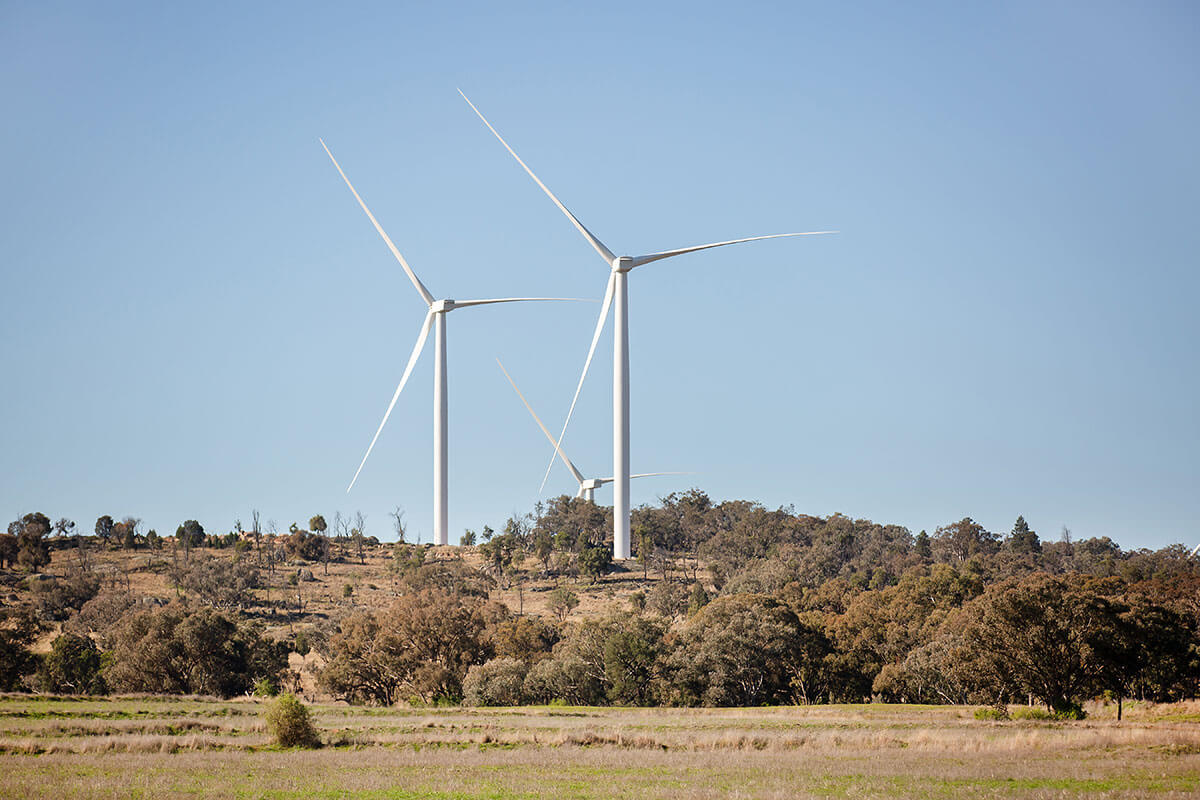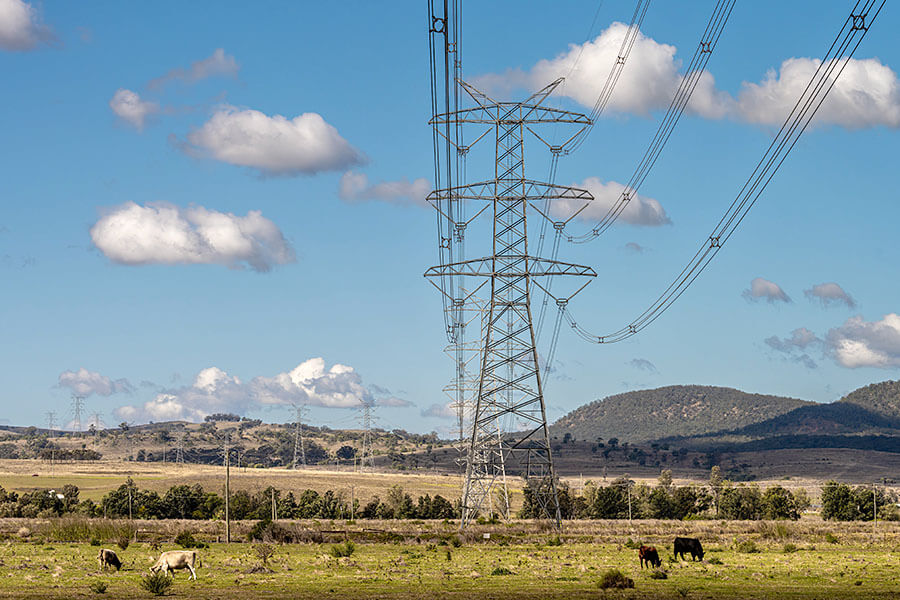NSW is leading a once-in-a-generation upgrade of the electricity network, building the infrastructure we need to keep the lights on.
Renewable energy is critical to meeting our state’s target of net zero emissions by 2050 and ensuring a clean, affordable and reliable electricity supply.
The Renewable Energy Planning Framework has been developed to help NSW transition to renewable energy. It includes guidelines for wind and solar energy generation and transmission infrastructure. It will support the industry by providing more investment certainty and will also make sure that communities benefit from the renewable energy projects they’re hosting.
Renewable Energy Planning Framework Overview
Read a high-level summary of the framework and the role of the NSW Government in the assessment of renewable energy development:
Guidelines
The Wind Energy Guideline provides guidance for onshore wind energy projects including technical supplements for evaluating visual and noise impacts. It also includes information on aviation safety and other assessment issues.
The Large-Scale Solar Energy Guideline applies to State significant solar projects. It gives advice on a range of assessment matters including landscape and visual impacts, agricultural land use, decommissioning and glint and glare.
The Transmission Guideline provides guidance for large-scale transmission infrastructure that is declared State significant infrastructure. This includes a technical supplement for landscape and visual impacts and guidance on commonly raised issues including undergrounding, bushfire risk and more.
The Hydrogen Guideline supports the implementation of the NSW Hydrogen Strategy. It provides industry, regulators and the community with information on how the planning system can facilitate the development of the hydrogen sector in NSW.
The Benefit Sharing Guideline provides information to applicants, councils and communities about how benefit sharing should be incorporated into the development of large-scale renewable energy generation and storage projects in NSW.
The Private Agreement Guideline provides guidance for applicants and landowners who are thinking of entering into commercial agreements to host or accept the impacts of solar and wind energy infrastructure.
- Wind Decommissioning Calculator (XLSX, 54 KB)
- Solar Decommissioning Calculator (XLSX, 56 KB)
- Visual Magnitude Grid Tool – Black (PNG, 55 KB)
- Visual Magnitude Grid Tool – White (PNG, 54 KB)
- Visual Magnitude Grid Tool (ZIP, 184 KB)
- Solar Simple Assessment Tool (XLSX, 38 KB)
- Wind Simple Assessment Tool (XLSX, 34 KB)
- Transmission Simple Assessment Tool (XLSX, 34 KB)
If you have any questions about the energy policy framework, email the policy team on [email protected]









